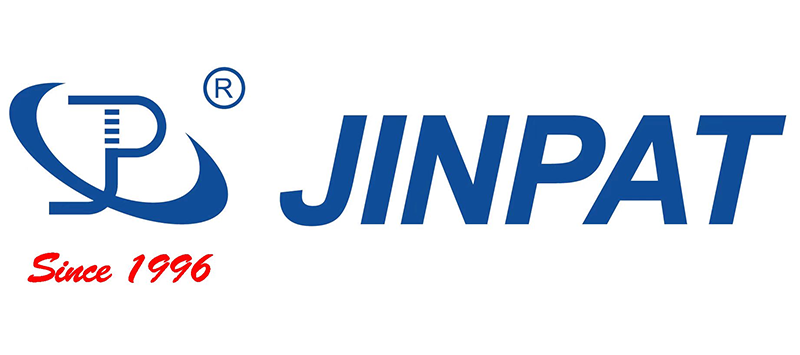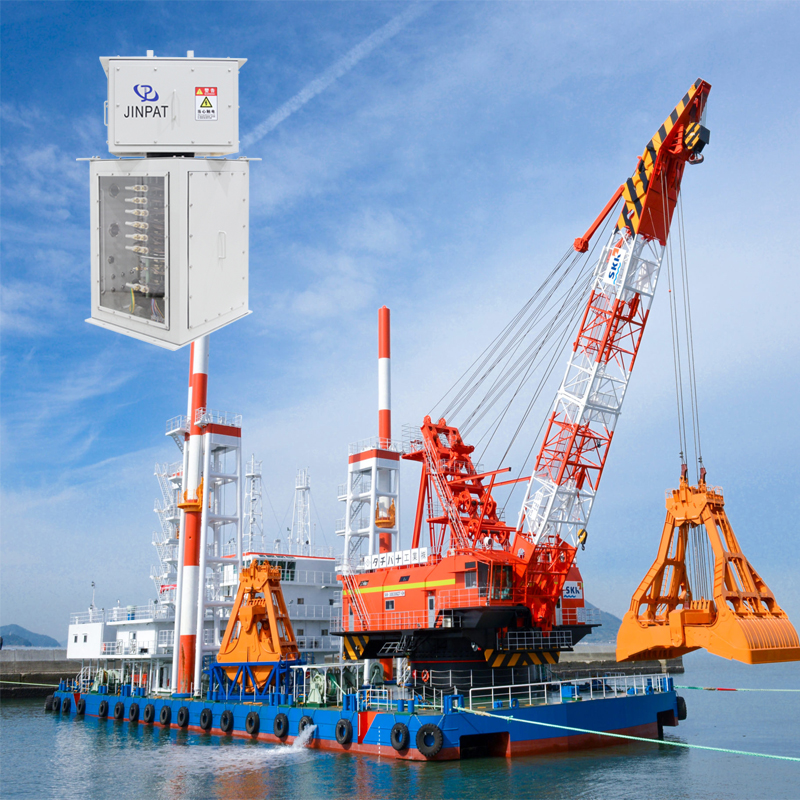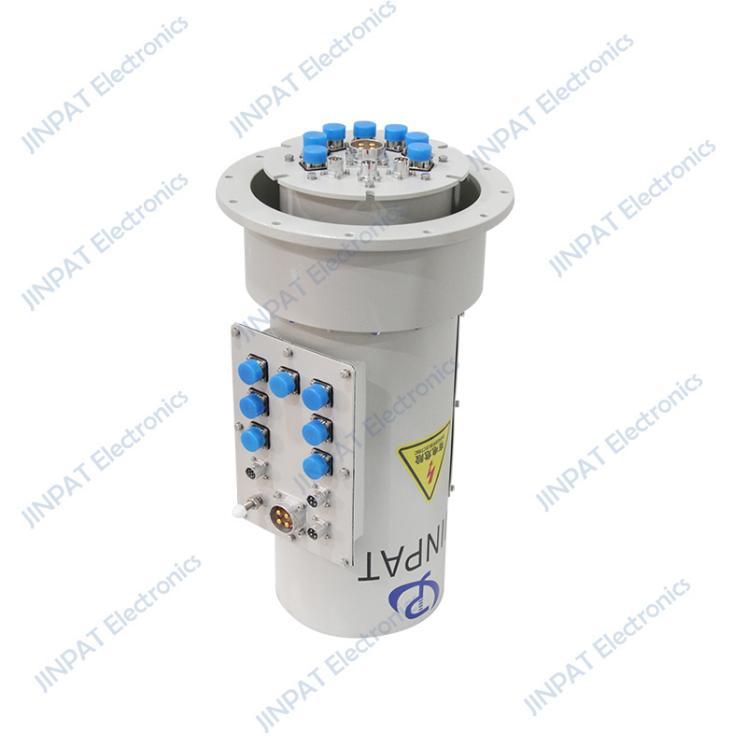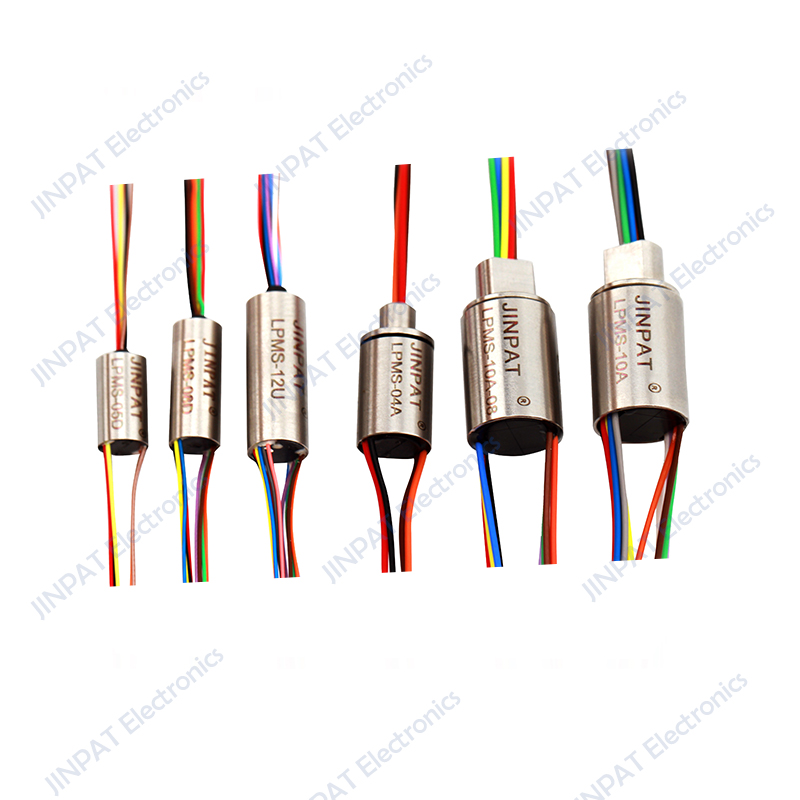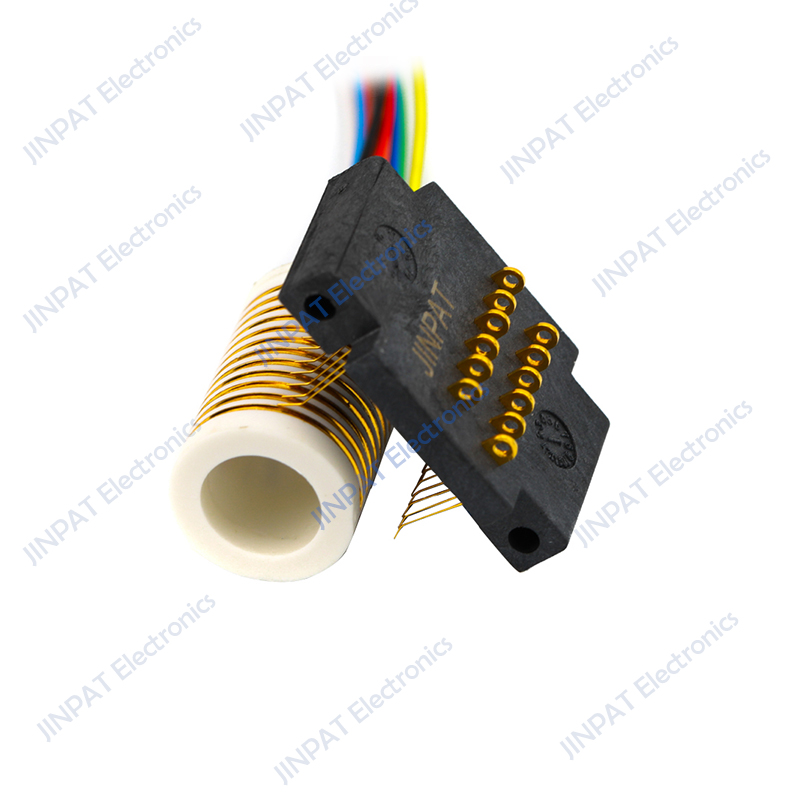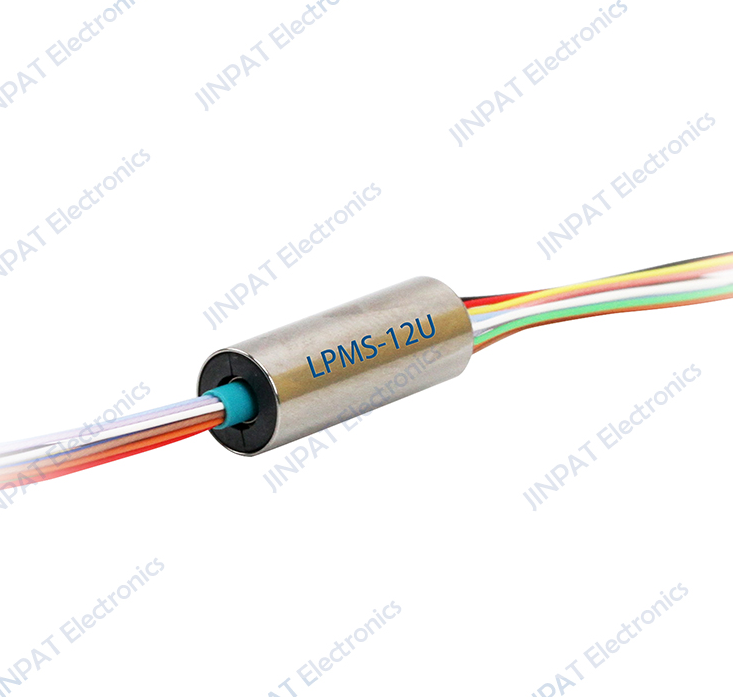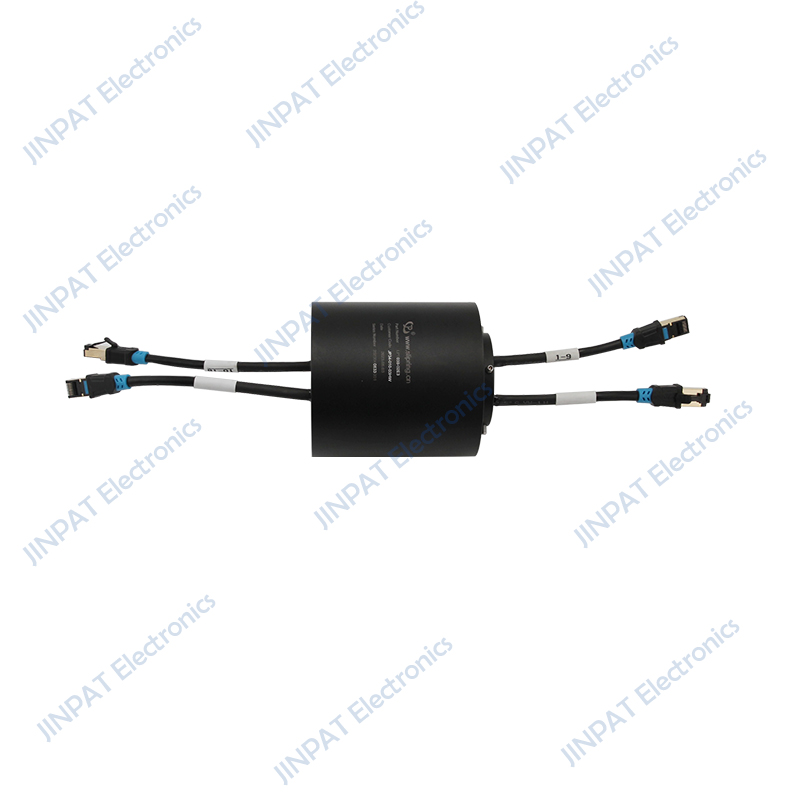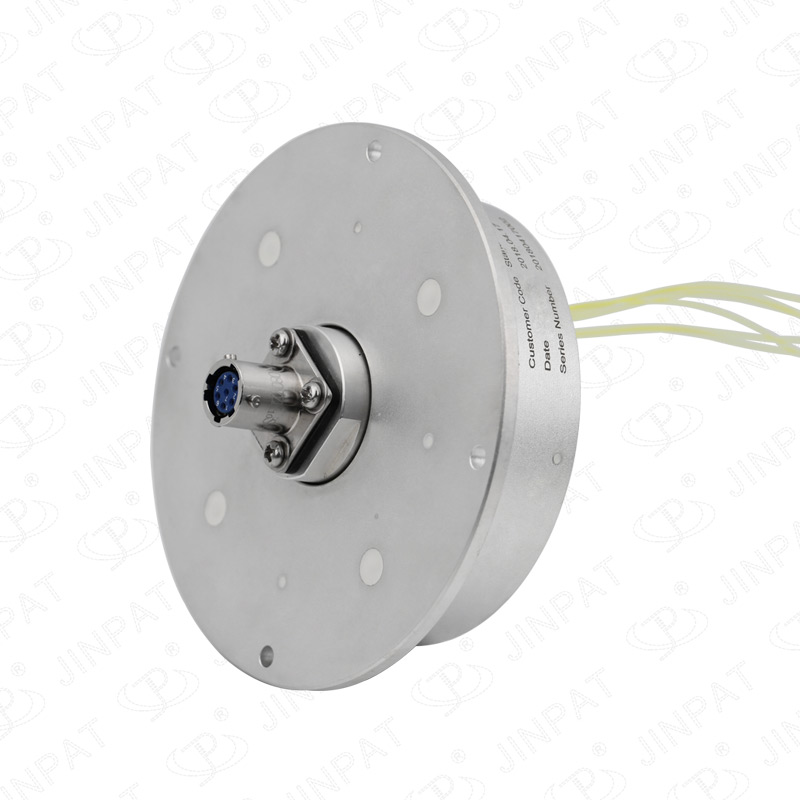Slip rings are precision and vulnerable components in electromechanical systems. The slip rings produced by JINPAT have been widely used worldwide. The quality and performance of slip rings are crucial for the normal operation of machinery, and their effectiveness is mainly determined by five major technical indicators.
This article will introduce several key technical performance indicators of slip rings, including static contact resistance, dynamic contact resistance, friction torque, insulation strength between the rings of the slip ring, and service life. JINPAT employs a mature control process to ensure excellent product performance when dealing with these indicators.
First, let’s understand the static contact resistance. Static contact resistance refers to the resistance between the samering brush wire (stator) and the wire lead (rotor) of the slip ring when it is not in operation. The level of this value directly affects the heat generated when current passes through the slip ring and the reliability of signal transmission. The magnitude of contact resistance depends on the materials of the slip ring and brushes, the contact form, and the pressure during contact.Increasing pressure can reduce contact resistance, but there is also a limit.Exceeding the limit can increase friction torque, leading to increased wear atthe contact area. If the contact resistance is too high, it may lead to increased contact voltage drop and even welding between the brushes and slipring, affecting signal transmission.
Secondly, dynamic contact resistance refers to the fluctuation value of contact resistance when the slip ring rotates continuously. It can also be expressed as electrical noise, which mainly affects the stability of signal transmission. The fluctuation in contact resistance is mainly influenced by the contact materials, the smoothness of component processing, the stability of contact pressure, the coaxiality of copper rings, and assembly process technology. During use, reasons for an increase in dynamic contact resistance may include poor contact between the brush and ring groove, virtual contact, insufficient pressure, or foreign objects on the ring groove surface. If the dynamic contact resistance is too high, it can cause significant fluctuations and noise in the signal current passing through the slip ring, and in severe cases, it may lead to signal interruptions or loss.
